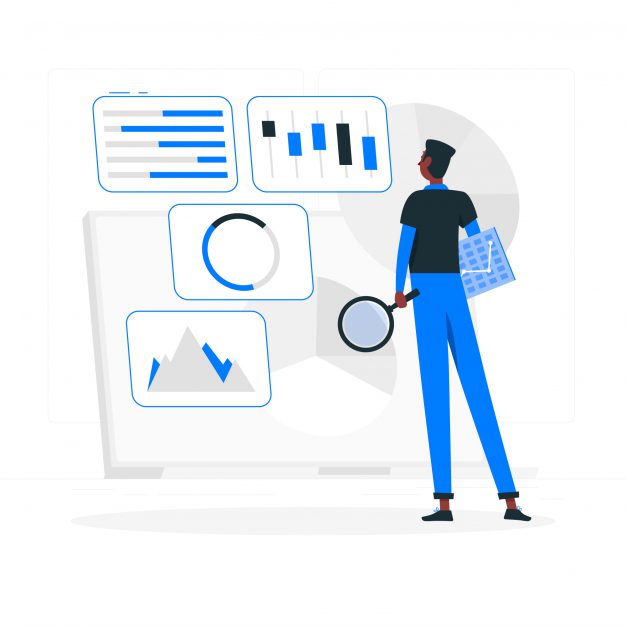Knowledge Graphs Techniques And Applications
Knowledge graphs or semantic networks are used to illustrate the relationship between entities like objects, persons, concepts, events and situations. They consist of nodes, which are the objects or entities, edges, which define the relationship between the entities, and labels, which capture the meaning of the relationship. Knowledge graphs have many applications, including in artificial intelligence and data analytics services.
Knowledge Graph Techniques
Understanding how knowledge graphs work and what techniques are used to organise structured data through the use of knowledge graphs is important to any data science company. As mentioned above, a knowledge graph consists of three main components; Nodes (N), edges, and labels (L). A knowledge graph is thus a subset of the N into L into N cross product.
The techniques behind creating a knowledge graph begin with large datasets that are extracted from various sources. These datasets are used in artificial intelligence and data analytics services and many industries rely on large amounts of data when enhancing business functions, making business decisions, and improving customer experience.
However, datasets derived from different sources can differ in structure, which is why schemas, identities, context and other components are used to provide structure to diverse data. Semantic enrichment, which is described as the process of adding a layer of topical metadata to content so machines can make sense of the data and make connections to it, is another such component.
Semantic enrichment is the process carried out by knowledge graphs, which are fuelled by machine learning and use natural language processing (NLP). Semantic enrichment is a technique that makes it easy to identify individual entities and understand the connection between these entities. It also makes it easy to compare and integrate data with other datasets that are relevant and similar in nature.
A machine learning company will use techniques like this to create knowledge graphs. Once completed, a data science company will use the knowledge graph with question answering and search systems to retrieve and reuse the answers given to queries.
A technique that can be used with knowledge graphs is data integration, which is the process of combining data from different sources into a single, unified view, to create new knowledge and establish connections between new data points.
Knowledge Graph Applications
There are different uses for knowledge graphs. Data graphs, for instance, are directed graphs where the nodes or entities are people and the edges capture the relationship between them. Taxonomy, on the other hand, captures the subclass relationship between classes of objects.
Based on taxonomies is ontologies, but there is debate about an ontology falling under knowledge graphs. There are similarities between the two because both create a formal representation of entities using nodes and edges.
When talking about the application of knowledge graphs, one of the main uses one would consider is Google Knowledge Graph. When a user enters query into Google, the search results may come from the Google Knowledge Graph, which is a database of billions of facts about people, places and things. These facts are compiled from a variety of sources like public sources as well as directly from content owners.
According to Google, their goal with the knowledge graph is for their systems to discover and surface publicly known, factual information when it is determined to be useful. In order to do this, Google takes measures to correct or remove Knowledge Graph information through improved search algorithms, public reporting systems, and the manual removal of information that violates their policies.
These policies include hateful content, manipulated media, violence and gore, sexually explicit content, and deceptive practices.
Wikidata is another application of knowledge graphs and it is the central storage for the structured data used by Wikipedia. It is used to reduce discrepancies between Wikipedia entries that are similar.
In addition to this, knowledge graphs can also be used in data analytics services. As an example, a business that wants to introduce a new product or service can use knowledge graphs to understand how customers interact with the business as well as the product. A business can also use knowledge graph to analyse data that will help them personalise marketing and sales strategies to target the right customers.
In healthcare, knowledge graphs can be used to organise and categorise relationships within medical research, which can be of use when validating diagnoses or preparing treatment plans to suit the patient’s needs and requirements.
Knowledge graphs are also used in finance, entertainment, and retail.
